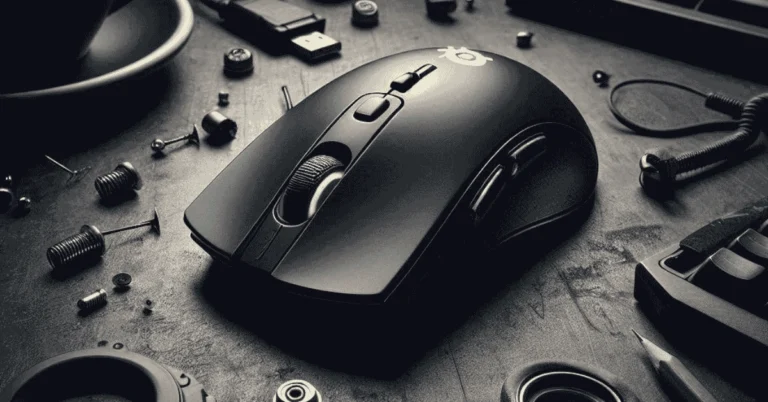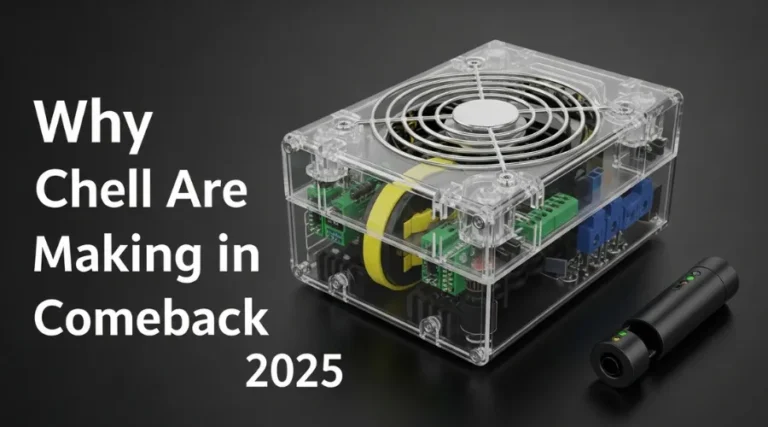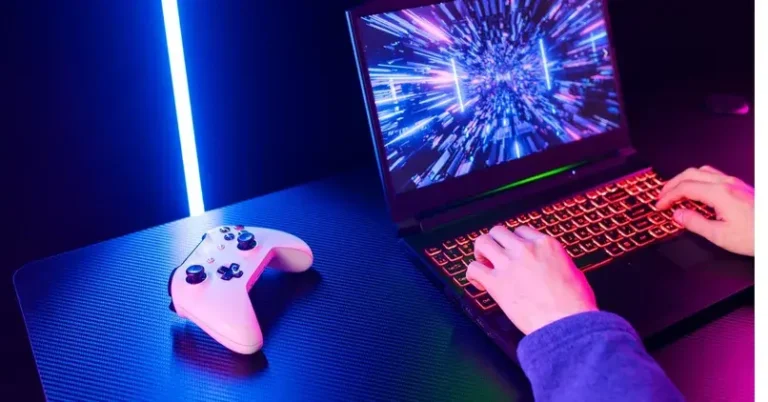Why Memory Prices Are Skyrocketing and What It Means for PC Builders in 2025
If you’ve been contemplating a PC upgrade, there may be no worse time than now to wait for memory prices to drop. In 2025, memory (RAM) costs are increasing at a dramatic rate, placing stress on PC builders, gamers, and DIY enthusiasts hoping to maximise value for their money. This article explores the core causes behind the memory‑price surge, how it’s affecting the PC‑building landscape, what you can do about it, and whether you should act now or hold off.
What’s Driving the Memory Price Surge?
1. AI and Data‑Center Demand
A major driver is the booming demand from large‑scale artificial intelligence infrastructure and data centres. Memory manufacturers are allocating DRAM and NAND supplies to high‑margin server customers, leaving less for consumer PCs. Reports indicate that DRAM shortages are directly impacting spot prices and retail kit costs.
2. Supply Chain Constraints & Node Transitions
At the same time, production transitions—such as older DRAM node shutdowns and slower ramp‑up of new nodes are tightening supply. For example, DDR4 production is winding down while DDR5 ramp‑up is still in progress, creating bottlenecks and upward price pressure.
3. Consumer Market Knock‑On Effects
Retail memory kits for gaming PCs are feeling the trickle‑down effect: consumer DDR5 and even DDR4 modules have doubled or more in price within months. The result: builders face higher entry costs just for the RAM component of their system.
How Rapid Are the Price Increases?
➡️Observable Retail Spikes
Recent data shows spot DRAM price increases of 30 % or more in a matter of weeks, and retail kit price jumps of 50 %–100 % year‑on‑year in some cases. Memory kit prices that were once a no‑brainer value are now far less predictable.
➡️Unusual Trends for DDR4
Even DDR4, which many assumed would offer a budget alternative, is also rising in price. With manufacturers phasing out DDR4 production, scarcity is emerging in what was previously a stable market segment.
➡️Why Waiting May Not Help
Historically, waiting for better deals made sense. In the current environment, however, the direction of travel is upward. With supply constrained and demand ramping, future drops are far from guaranteed.
What This Means for PC Builders and Gamers
➡️Increased Upgrade Costs
If your plan was to upgrade RAM alongside a GPU or CPU, expect a higher budget than anticipated. Since RAM is foundational to system performance, higher costs in this area ripple outward into your upgrade plan.
➡️Impact on Build Timing
Building now or later both carry risks. Building now means paying more, but waiting could mean missing component availability or facing a further price hike. For those evaluating risk vs reward, timing is more complex than ever.
➡️Strategy Adjustments
Flexible builders are adapting: some are increasing RAM capacity now while planning for future upgrades, others are prioritizing other components and deferring the memory upgrade momentarily. Either way, an adjustment in strategy is essential.
Maker’s Checklist Before You Buy Memory
➡️Assess Your Needs First
- How much RAM do you really need? (16GB, 32GB, 64GB)
- What speed and latency make sense for your platform?
Knowing your actual requirement helps avoid over‑investing during a volatile price period.
➡️Monitor Deals but Act Decisively
While hunting deals is still smart, if you spot a value that aligns with your required specs, don’t assume prices will get better. A sound deal now may save you more than waiting for “ideal” pricing.
➡️Check Compatibility and Expandability
Ensure your motherboard supports your desired RAM speed, size, and future upgrades. Outfitting a build with limited expandability while paying a premium for memory might limit future options.
Mitigation Strategies for Stressed Budgets
➡️Prioritise Balanced Upgrades
If memory prices are too high, consider upgrading CPU/GPU first and revisit RAM when prices stabilise. Maintaining system balance ensures weak links don’t bottleneck performance.
➡️Opt for Slightly Lower Specs Now
Buying a smaller or slower kit now with immediate upgrade plans later can make sense in high‑cost periods. For instance, choosing 32GB at moderate speed now and upgrading to 64GB later when prices are more favourable.
➡️Explore Second‑Hand or OEM Channels Carefully
Used or open‑box modules might offer savingsbut check the warranty and condition. For critical system builds, premium new memory still usually offers the best long‑term value.
Long‑Term Outlook and What to Watch
➡️When Might Prices Normalise?
If supply ramps up, or AI demand levels off, memory pricing could stabilise. But predictions suggest the imbalance between supply and demand may last well into the next hardware generation.
➡️The Risk of Component Interdependency
Memory doesn’t exist in isolation if GPU or CPU upgrades surge, they increase memory demand further. Consumers need to watch the broader ecosystem, not just RAM alone.
➡️The Value of Smart Timing
Rather than chasing rock‑bottom pricing, focus on timing that aligns with your personal upgrade cycle, budget and system goals. Sometimes building when “good enough” deals exist trumps waiting for perfect ones.
Frequently Asked Questions (FAQs)
Conclusion
In conclusion, the memory price crisis of 2025 is more than a minor inconvenience; it’s reshaping how PC builders plan, budget, and upgrade. With supply constraints, AI‑driven demand, and rapid price growth, memory costs are no longer the stable baseline component they once were. If you’re planning a build or upgrade, being reactive and well‑informed is vital. Monitor trends, reassess your build strategy, and act when your requirements and value align rather than waiting for an ambiguous “drop” that may never come.







